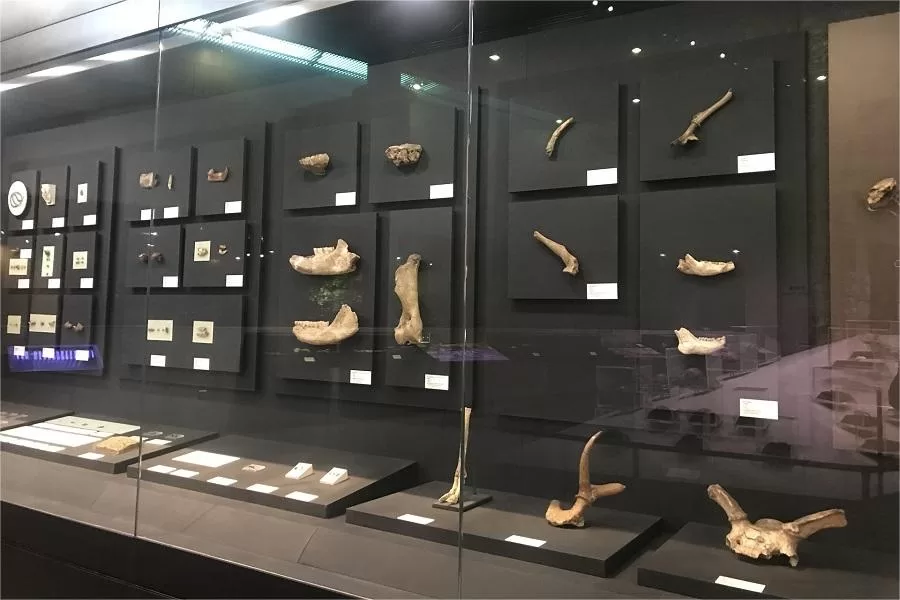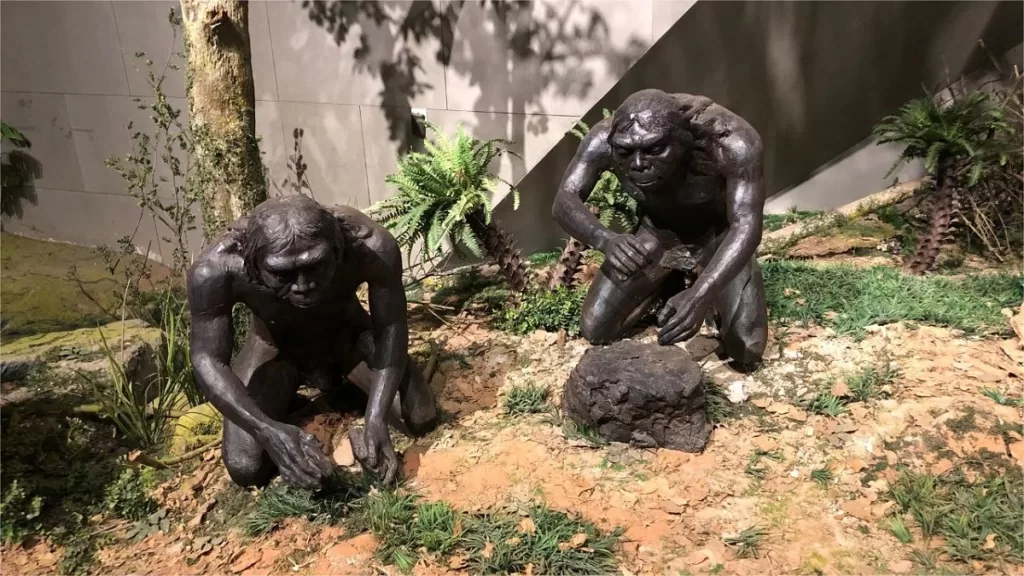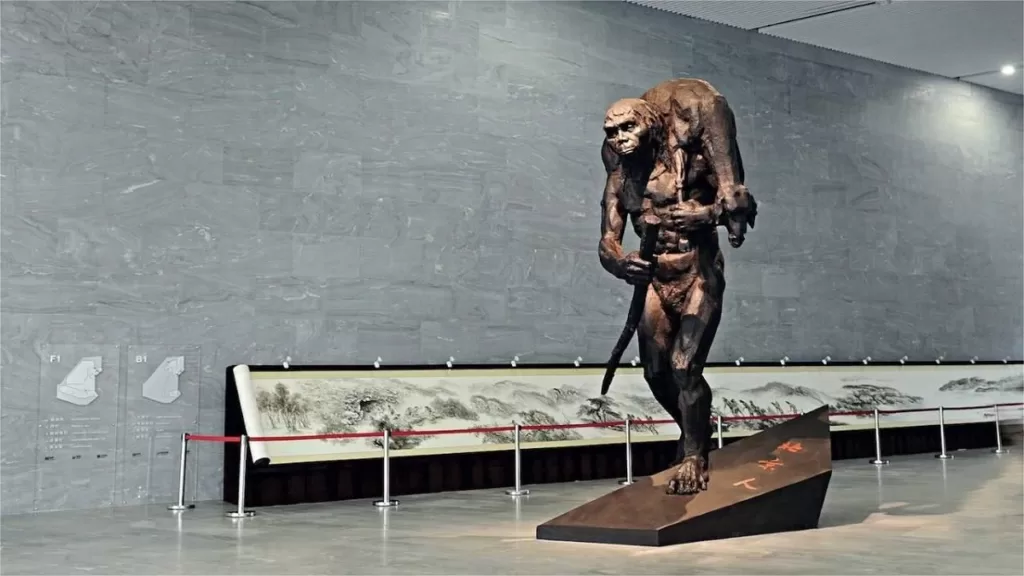Peking Man is a term used to describe a group of prehistoric human fossils that were discovered in the early 20th century at the Zhoukoudian site in China. The site, located about 50 km southwest of Beijing, was first excavated in 1921 by Swedish paleontologist Johan Gunnar Andersson and Chinese archaeologist Yang Zhongjian.
The Peking Man fossils were dated to between 700,000 and 200,000 years ago and provide valuable insights into human evolution and early human history. The fossils include skulls, teeth, and bones, which reveal that Peking Man had a brain size similar to that of modern humans but with more robust features.
The site has since become a significant archaeological and anthropological site, attracting researchers from all over the world. Today, the Peking Man site at Zhoukoudian is a UNESCO World Heritage Site and a popular tourist destination, where visitors can learn about human evolution and view the reconstructed skull of Peking Man.
Table of Contents
- Basic Information
- Location and Transportation
- The Discovery of Peking Man Site
- Highlights of Peking Man Site
- Vlog about Peking Man Site
- Useful Tips Summarized from Reviews
- Facts about Peking Man
Basic Information
| Website | https://www.zkd.cn/ |
| Estimated Length of Tour | About 2 hours |
| Ticket Price | 30 RMB |
| Opening Hours | 9.00 – 16.30; Last admission: 16.00 (1st April – 10th October) 9.00 – 16.00; Last admission: 15.30 (11th October – 31st March) Closed on Monday |
| Telephone Number | 0086-010-53230037 0086-010-69301278 |
Location and Transportation
The Peking Man site, also known as the Zhoukoudian site, is located in the southwestern suburbs of Beijing, China. Specifically, it is situated in the village of Zhoukoudian, which is approximately 50 kilometers southwest of the center of Beijing.
The site is situated in a series of limestone caves and rock shelters that were formed during the early Pleistocene period. The caves and rock shelters provided natural shelter for prehistoric humans and animals, which led to the accumulation of fossils and artifacts over time.
The only way to get there is to take bus F38, get off at Yuanren Site (猿人遗址), and walk about 50 meters to the west to reach the entrance.
The Discovery of Peking Man Site
The discovery of the Peking Man site, also known as the Zhoukoudian site, is a fascinating story that began in the early 20th century.
In the summer of 1921, Swedish paleontologist Johan Gunnar Andersson was exploring the hills outside of Beijing, looking for evidence of early human settlements in China. He was specifically interested in finding caves that might contain fossils or artifacts from ancient civilizations.
One day, while walking near the village of Zhoukoudian, about 50 kilometers southwest of Beijing, Andersson came across a group of local quarrymen who were using dynamite to blast away limestone from a hillside. As the dust cleared, Andersson noticed a pile of unusual bones and teeth that had been exposed by the explosion.
Andersson was intrigued by the fossils and recognized their potential significance. He contacted his colleague, Chinese archaeologist Yang Zhongjian, who was then studying in Europe, and sent him a sample of the fossils. Yang was impressed by what he saw and decided to return to China to investigate further.
In 1923, Andersson and Yang visited the site together and began excavating the area. They named the site “Dragon Bone Hill” (Longgushan) because of the large number of fossils they found there. The fossils included teeth, skull fragments, and other bones that appeared to belong to ancient humans.
Over the next several years, Andersson and Yang led a team of scientists and excavators who uncovered a large collection of fossils and artifacts from the site. Among the most significant finds were the remains of early humans who lived in the area over 400,000 years ago, which were later named “Peking Man”.
Highlights of Peking Man Site
Fossil Display Hall

The Fossil Display Hall in the Peking Man site is a fascinating museum that showcases the discoveries made at the Zhoukoudian site. The hall features a collection of fossils and artifacts, including the skull and teeth of Peking Man, stone tools, and animal bones. Visitors can learn about the history of the site and the methods used by archaeologists to excavate and study the fossils. The displays are interactive and engaging, allowing visitors to learn about the physical and cultural characteristics of early humans and their environment.
Stone Age Cultural Square

The Stone Age Cultural Square in the Peking Man site is a unique attraction that offers visitors a glimpse into the daily life and culture of early humans. The square is designed to resemble an ancient village, with thatched huts, fire pits, and other structures made from natural materials. Visitors can watch demonstrations of traditional skills such as fire-making, stone tool making, and weaving. There are also interactive exhibits where visitors can try their hand at ancient crafts and activities.
The Cave Site

The Cave Site in the Peking Man site is the main excavation area where the fossils of Peking Man and other early humans were discovered. The site includes a series of limestone caves and rock shelters that were inhabited by early humans over 400,000 years ago. Visitors can explore the cave system and see the areas where excavations took place. The cave site also features replicas of the stone tools and other artifacts found at the site, as well as displays that explain the history and significance of the site.
Vlog about Peking Man Site
Useful Tips Summarized from Reviews
Understanding the Site: The Peking Man Site comprises two main attractions: the “Peking Man Site Museum,” an indoor exhibition, and the “Zhoukoudian National Archaeological Park,” an outdoor site. Both attractions are located along the F38 bus route and are approximately 800 meters apart. The entrance fee for both sites is 30 yuan.
Convenience Stores: Near the entrance of the exhibition hall, you’ll find small convenience stores where you can purchase beverages and snacks.
Enjoying the Natural Surroundings: Take advantage of the serene surroundings as you walk around the site. The relatively low number of visitors allows for a peaceful and immersive experience amidst nature and archaeological wonders.




